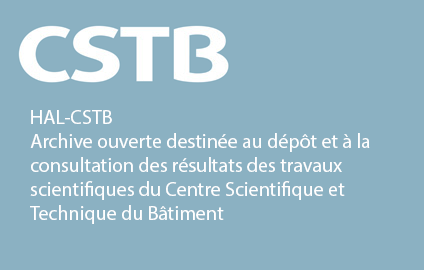Study of colonization mechanisms of construction products by micromycetes applied to the development of a preventive treatment
Résumé
Background: In nature, saprotrophic fungi have an essential ecological role in decomposition of organic matter. In soils, they break down material like leaves, wood, dead bodies, etc. Fungal colonization in natural environments requires advanced functional relationships, including various antagonisms and synergisms, between the different components of the biotope. Colonization can be described, analyzed at different scales (macroscopic and molecular) and modeled. In indoor environment, fungi find niches favorable to their development, but are most often undesirable. Indeed, micromycetes induce pathologies to the occupants (allergies, poisoning and infections) and can also cause irreversible damages to the materials they infest. Colonization of different man-made substrates (construction and decoration products) by mold is insufficiently described to develop colonization models: Is artificial substrate colonization done serendipitously or is it determined like in natural environment by a defined succession of fungi driven by antagonisms and synergisms? A better knowledge of the dynamic of fungal colonization would be helpful to imagine preventive strategy for health and artifacts preservation.
Objectives: In this context, our research in microbial ecology aims to describe and understand the fungal colonization mechanisms in enclosed spaces.
Methods: First, a macroscopic characterization of the fungal succession on two artificial substrates has been made by culture and molecular methods. Secondly, Volatile Organic Compounds (VOC’s) emitted by microfungi according to the growth substrates have been explored.
Conclusions: This new knowledge will offer alternatives to slow and limit fungal growth on building products to the use of traditional biocides.
Domaines
Microbiologie et Parasitologie
Origine : Fichiers produits par l'(les) auteur(s)
